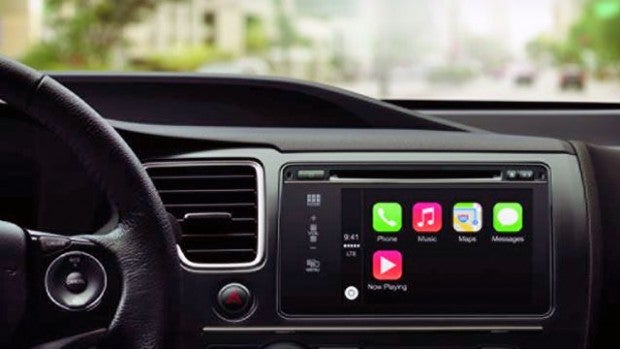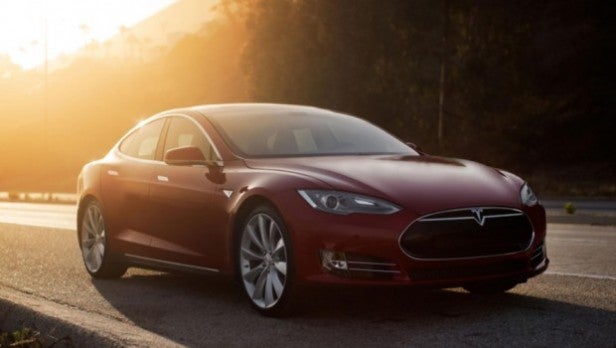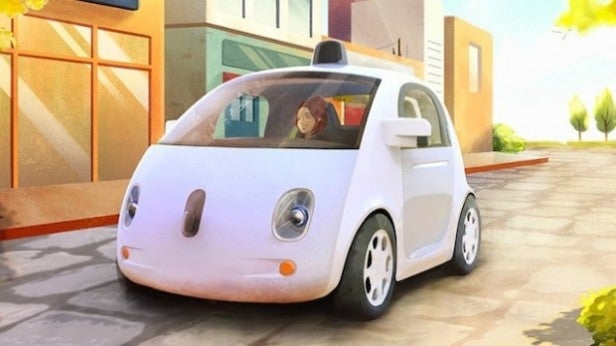Apple Car: The biggest challenges Apple faces

If an Apple Car really is in the works, here’s what Tim Cook and company needs to get right
Numerous reports from reputable sources suggest that Apple is working on building its own car, code-named Project Titan.
A number of high profile defections from the likes of Tesla, Ford, and Mercedes Benz all point to this one inescapable conclusion – and it could launch its first automobile by 2020.
It’s a pretty unexpected turn of events from a company with a relatively narrow home-electronics focus. But when you consider Apple’s vast resources, design chops, history of disruptive products, and recent efforts in smartcar software, perhaps it’s not such an unusual move after all.
Still, Apple faces a number of challenges as it ventures out into automotive design. Here are some of the things it needs to address.
Charging infrastructure
Given Apple’s progressive nature and views on sustainable energy, it should come as no surprise to learn that the Apple Car will almost certainly be electrically powered – much like the Tesla range.
This leads us to an important point: Apple cannot just focus on designing and building a car. It also needs to design and build a proper infrastructure to support that car.
The aforementioned Tesla has gone out of its way to ensure that its customers can travel across whatever country they bought their car in by installing its own recharge points.
One suspects that Apple will want some kind of control over this important part of electric car ownership. It’s a sucker for proprietary standards, but at the very least you feel it will need to significantly add to the existing number of recharge points throughout the developed world.
Battery technology
Sticking with the point of electric car technology, Apple would do well to look at improving the battery technology itself. Early generations of electric cars tended to have a short sub-100 mile range which, coupled with the requirement of an overnight charge, rendered them impractical.
The latest and best efforts have changed things for the better. The Tesla S (pictured below), for example, is able to travel 130 miles on a 20 minute charge, and 300 miles when fully charged.
Apple needs to make its first car as practical is it is clever and stylish, and the speed and effectiveness of its charger is perhaps the most important factor.
Sure enough, electric car battery maker A123 is suing Apple for poaching Tesla staff, suggesting that Apple is hiring the people to tackle this issue head-on.
SEE ALSO: Driverless cars: Everything you need to know
Making it a car first and foremost
Apple no doubt intends to offer something disruptive that pushes the current boundaries of the automotive industry. But it needs to remember that it’s making a car first and foremost – not a large sit-in iPhone with wheels.
Again, you only need to look at Tesla’s pioneering success in the field of electric cars by way of an example. Where previous electric cars have failed to make a serious dent in the mainstream, Tesla got it right by making its cars desirable to look at and drive from a car nut’s perspective.
Indeed, many of the elements that go into a Tesla car have more in common with a traditional sports car than a traditional electrically powered vehicle – it’s only really the power train that differs.
Of course, Tesla remains a niche, high-end brand selling in relatively low numbers and making little if any profit, but it’s been successful on its own limited terms. Tesla has done so by ensuring its cars look and, to some extent, drive like refined gas-guzzlers.
Would such thinking clash with Apple’s ideals? Is there scope for a car that doesn’t concern itself with classic concepts of drivability and handling?
Read More: Elon Musk’s 5 craziest tech ideas
Sticking to its design guns
Despite the previous point, and the fact that many industry analysts (both car and tech) are justifiably doubtful of Apple’s car plans because of its lack of experience in the field, the company still needs to stick to its guns. This still needs to be an Apple car – not a Mercedes with Apple software.
Why? Because Apple doesn’t know any other way. If this is to be a truly disruptive Apple product, and one that Apple can justify selling at a premium, it needs to offer something tangibly different to anything that’s gone before it.
An Apple car doesn’t even need to be a perfect product – at least not in its first iteration.
Apple didn’t know anything about making phones prior to the iPhone, and its first smartphone was derided in some quarters for lacking some pretty fundamental features (no 3G, for example). And yet it was this very same fresh thinking that ripped up the smartphone handbook and gave the iPhone an advantage with subsequent, improved models.
Apple’s core challenge is to offer something fundamentally and compellingly different from the off.
Handling industry opposition and legislation
Apple has been able to make swift progress in the smartphone, tablet, and computer fields because they’re relatively new and unregulated markets.
The automotive industry is neither of those things. In many of the major counties Apple seeks to sell is car, it will face reams of legislation, not to mention opposition from established manufacturers with powerful lobbying arms.
Nowhere will this be more true than in Apple’s own home territory, the US, where it tends to launch all of its devices and services first.
Apple has experienced troubles with powerful established opposition whilst trying to enter the TV industry. It could face even tougher challenges in trying to enter the automotive industry.
If Apple also wants to make its cars self-driving, as rumoured, it will simultaneously find itself running up against a whole new legislative headache. People – and hence governments – are still understandably jittery about the prospect of handing over the steering wheel to a computer, so Apple will need to get this spot on straight away.
As such, we suspect it will need to be a little more savvy and a little less brash as it attempts to enter this extremely competitive field.
Improving driverless technology
Of course, before legislation can even be discussed, the fundamental technology involved has to be suitably mature.
If Apple does want to go the driverless route, as many suspect, there’s still a question mark over whether the technology is anywhere near ready. Even Google, which is one of the furthest along with its own driverless car research (pictured), is still very much at the research stage with its own efforts.
Jeffrey Miller of the Institute of Electrical and Electronics Engineers (IEEE) recently told the BBC that there were still a number of technical barriers to be overcome before a commercial launch of such a product could even be considered.
One major area that requires improvement, according to Miller, is computer vision. The computer responsible for driving such cars needs to be better at identifying and tracking the varied objects it will encounter on (and off) the road.

Building a car in time
Bloomberg has claimed that Apple is looking to manufacturer and sell its first car in 2020 – just five years from now.
This is a huge undertaking, even for a company as cash-rich as Apple. According to industry experts cited by that same report, it would typically take closer to ten years for a company to develop a car from scratch.
Obviously Apple has the resources to pump into this venture (it has around £116 billion in cash sitting around in its bank accounts), but is it willing to invest the amount necessary to accelerate proceedings? Given its rapid recruitment drive, it seems desperate to do so.
And failing that, does Apple have the stomach for a potential 10 year turn-around on a product that, traditionally, doesn’t yielded the kind of profit margins that Apple has grown accustomed to?
Do you think Apple will make a car? Would you buy one? Let us know in the comments below.


